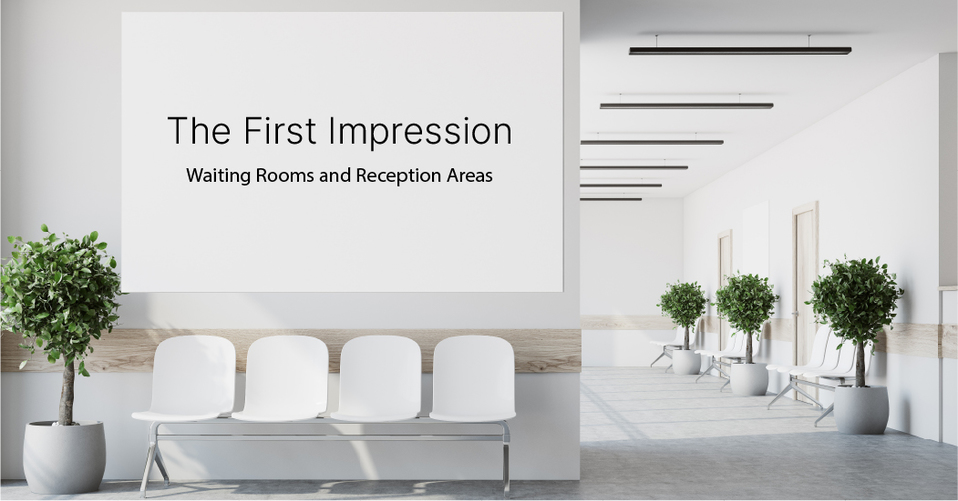The introduction to a medical practice begins in the waiting and reception area. A patient’s perception of the practice starts there, and it’s an impression that will be perceived as who we are. We should use every action and opportunity available in this location to promote the practice.
The reception and waiting areas in our medical group must engender a warm, caring atmosphere that provides comfort, concern, and courtesy to every patient who needs service. It is Access’s initial point of contact and provides the first face-to-face interaction with Access for the majority of our patients.
Our front desk reception receives anywhere between 8 and 200 visitors a day, depending on the practice, number of providers, specialty, location, etc. Appointments are not the only reason we have visitors – patients stop in to pick up paperwork and prescriptions, ask questions, receive lab work or imaging tests, and family or caregivers often accompany them. At the same time, the staff is answering phones, checking in, verifying information, and registering patients. It can be chaos but we must take good care of our patients, who are also our customers.
Recently Walmart, CVS, and Walgreens have attempted creating a unique experience at their locations with the development of a new healthcare delivery system that pays more attention to customer service, treating their clients more as customers than as patients. There are many initiatives that practice can implement to improve the customer experience such as updating the furniture and décor in the waiting area to create a warm and clean appearance, but we also need to consider our overall approach on the operational front:
- Assessing waiting times
- Discussing operational improvement opportunities with staff and providers
- Being willing to modify past behavior that makes patients unhappy
- Overseeing employee performance
- Addressing management issues at the practice level
There are also some very basic approaches that we should consider that I believe are essential to creating a unique and positive experience for our visitors:
- Providing personalized attention to everyone
- Introducing yourself
- Saying thank you
- Creating a warm and caring atmosphere
- Greeting every patient
- Being friendly and smiling
- Interacting with each visitor
- Listening and being compassionate
- Being visible and eager to serve our patients
- Not rushing (elderly patients may have certain limitations including difficulty hearing and slower thought processes)
The flow during the registration process needs to be seamless. Using the website to pre-register patients and automating the registration process will decrease errors in Revenue Cycle management. Lately, the use of kiosks has also been positively impacting the patient experience and reorienting the focus of the patient experience on the “front desk” staff.
Creating an environment that encourages patients to engage with their healthcare leads to happier patients overall. Education and training of our staff will be the key. We should always appear friendly and patient-centered to our customers. It’s also important to measure outcomes and patient satisfaction at least quarterly.
Customer Service activities at Access Health Care should be designed always to enhance the level of customer satisfaction--that is, the feeling that a service has met the customer’s expectation. Honor them as the most important guest, and they will feel like the most special patient.


